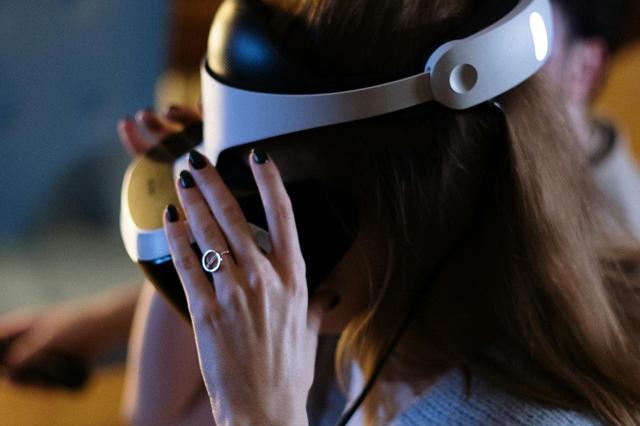Are Existing Security Protocols Enough for the Advancements in VR Tech?
Virtual reality (VR) has come a long way from being a futuristic concept to a widely used technology. It's not just about gaming anymore; VR is making waves in education, healthcare and even corporate training. As companies dive into the world of VR, the question arises: are existing security protocols enough to keep up with these advancements? This is particularly important in sectors like education and healthcare where data security is paramount.
Understanding the current security landscape in VR
When it comes to VR, the current security landscape is still evolving. Traditional security measures were designed for conventional computing environments, not for immersive experiences. In a VR setup, you have hardware like headsets and controllers, software applications and networks working together. Each of these components can be a potential entry point for cyber threats. With tailor-made VR solutions constructed by software development consulting firms becoming more integrated into different fields, the need for robust security protocols is more critical than ever. For instance, in a virtual classroom, any breach could compromise not just data but also the privacy of the students and educators involved.
New threats posed by advanced VR technologies
As VR technology advances, so do the threats. One of the most concerning issues is the potential for phishing attacks within a VR environment. Imagine receiving a seemingly legitimate notification within your virtual workspace, only to find out it’s a trap set by a cybercriminal. There’s also the risk of malware specifically designed to exploit VR applications. Another emerging threat is the interception of data transmitted between VR devices and servers. This could lead to unauthorized access to sensitive information, making it imperative to rethink security measures for these advanced technologies.
Evaluating the effectiveness of existing security measures
Existing security protocols often fall short when applied to VR. Firewalls and antivirus software are not always equipped to handle the unique challenges posed by immersive environments. For example, many current security solutions are not designed to monitor interactions within a virtual space. This gap can leave users vulnerable to attacks that traditional methods would typically catch. Moreover, many VR platforms rely on cloud services, adding another layer of complexity to the security landscape. It’s clear that as VR technology progresses, so must the strategies to protect it.
User privacy concerns in virtual reality environments
User privacy is another significant concern in the realm of VR. In a virtual setting, a lot of personal data can be collected, ranging from physical movements to biometric information. This data can be incredibly sensitive and, if compromised, could lead to severe consequences. The challenge is ensuring that privacy measures are robust enough to protect users while still allowing for an immersive and interactive experience. Companies need to be transparent about what data they collect and how it’s used, and they must implement strong encryption methods to safeguard this information.
As VR technology continues to grow, the importance of updating and refining security protocols cannot be overstated. While current measures may offer some level of protection, they are often not sufficient for the complexities introduced by advanced VR applications. By understanding the unique security challenges posed by VR and addressing user privacy concerns, we can create safer virtual environments that allow for innovation without compromising security.

